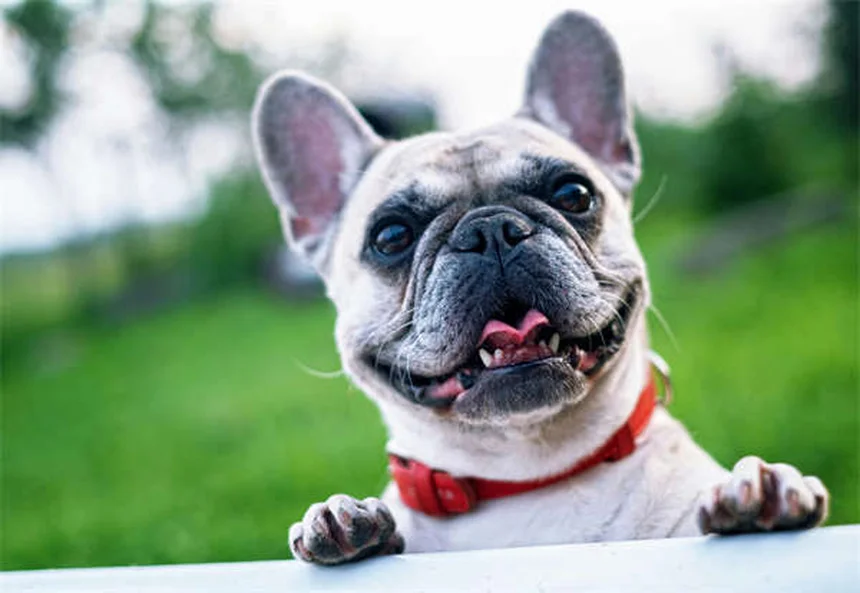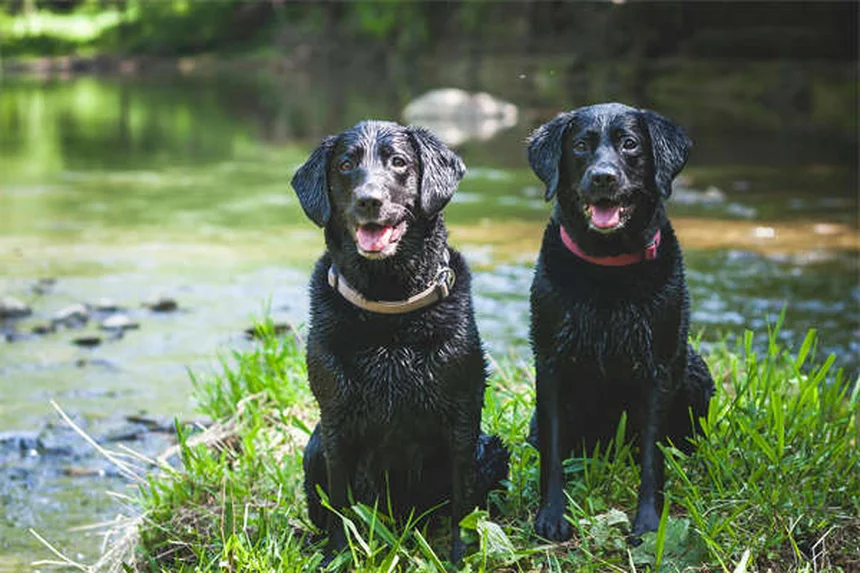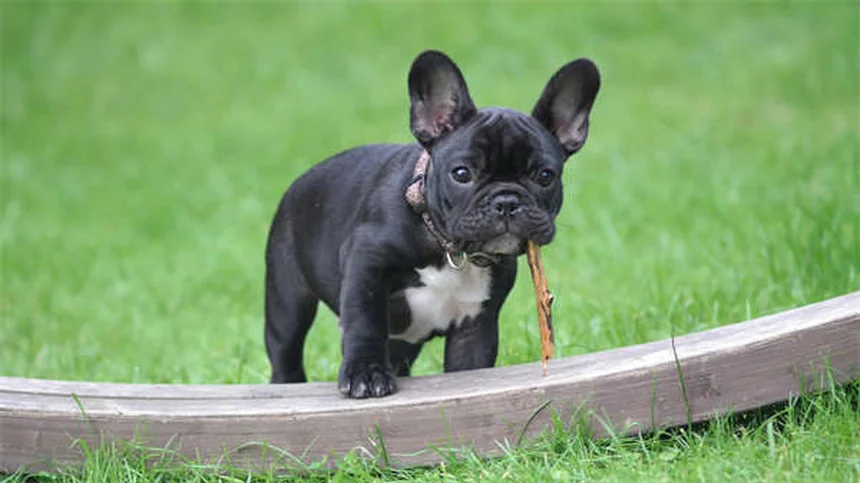Why is my cat drinking so much water? The answer is: increased thirst in cats can signal serious health issues like kidney disease, diabetes, or hyperthyroidism. As a cat owner for over 15 years, I've learned that sudden changes in drinking habits are often the first clue something's wrong. You might notice your cat visiting the water bowl more often or drinking larger amounts at once. While occasional extra thirst is normal (especially in hot weather), persistent excessive drinking needs attention. The good news? Many conditions causing increased thirst are manageable when caught early. In this article, we'll explore the common reasons behind your cat's unusual water consumption and when it's time to call the vet.
E.g. :Porphyrin Deposits in Gerbils: Causes, Symptoms & Treatment
- 1、Is Your Cat Drinking Too Much Water? Let's Find Out!
- 2、Why Is My Cat Suddenly So Thirsty?
- 3、What You Should Do Next
- 4、Prevention and Long-Term Care
- 5、The Hidden Dangers of Dehydration in Cats
- 6、The Surprising Link Between Water and Behavior
- 7、Water Quality Matters More Than You Think
- 8、Hydration Through the Seasons
- 9、FAQs
Is Your Cat Drinking Too Much Water? Let's Find Out!
Understanding Normal Cat Hydration
Hey there fellow cat lover! Have you noticed your furry friend making more trips to the water bowl lately? Before we panic, let's talk about what's normal. On average, cats drink about 4 ounces of water per 5 pounds of body weight daily. That means your 10-pound tabby should drink around 8 ounces - about the size of your morning coffee!
But here's the thing - just like people, every cat is different. Some are naturally big drinkers while others barely touch their water bowl. The real red flag? Any sudden change in drinking habits. If your cat who normally sips daintily suddenly starts gulping water like a camel, that's when we need to pay attention.
Tracking Your Cat's Water Intake
Wondering how to actually measure how much your cat drinks? I've got some simple tricks:
| Method | How To | Best For |
|---|---|---|
| Measuring Cup Method | Fill bowl with measured water, check next day | Single-cat households |
| Smart Water Fountain | Tech that tracks consumption automatically | Multi-pet homes |
| Litter Box Check | Monitor urine clump size and frequency | All cats |
Pro tip: Most healthy cats visit their water bowl 5-6 times daily. If you're seeing double that, it might be time to investigate. And hey, if you're as forgetful as I am, try setting up a pet cam - it's like having a personal cat butler!
Why Is My Cat Suddenly So Thirsty?
 Photos provided by pixabay
Photos provided by pixabay
Common Health Reasons for Increased Thirst
Did you know kidney issues are the #1 reason older cats start drinking more? Here's why: as kitty kidneys age, they become less efficient at filtering blood. This means more water gets turned into urine, leading to dehydration - and voila, your cat becomes a water fountain addict!
But wait - is it always serious? Not necessarily! Sometimes it's simple stuff like:
- Switching from wet to dry food (dry food = more drinking)
- Hot weather (who doesn't drink more when it's warm?)
- New medications (some drugs increase thirst)
When to Really Worry
Here's a question that might surprise you: Could your cat's excessive drinking be diabetes? Absolutely! Overweight cats eating mostly dry food are especially at risk. The pancreas stops producing enough insulin, blood sugar rises, and your cat turns into a thirsty little camel.
Other red flags include hyperthyroidism (hungry but losing weight) and liver disease (not hungry at all). And let's not forget UTIs - if your cat is making frequent tiny pees instead of normal clumps, that's an urgent vet visit!
What You Should Do Next
Monitoring and Vet Visits
If you've noticed increased drinking lasting more than a few days, here's my advice: start tracking. Measure water intake for 3 days straight. Check the litter box for changes. And most importantly - don't panic! Many conditions are manageable when caught early.
When should you call the vet? Immediately if you see:
- Weight loss with increased thirst
- Changes in appetite
- Lethargy or behavior changes
- Male cats straining to pee
 Photos provided by pixabay
Photos provided by pixabay
Common Health Reasons for Increased Thirst
Here's another question you might have: What tests will my vet run? Typically they'll start with blood work and urinalysis - the feline equivalent of your annual physical. These can reveal kidney function, diabetes, and other issues. Sometimes they might need ultrasounds or X-rays too.
The good news? Many conditions have great treatment options today. Kidney disease can often be managed with special diets. Diabetes might require insulin but some cats even go into remission! Hyperthyroidism has several treatment choices too.
Prevention and Long-Term Care
Keeping Your Cat Hydrated and Healthy
Want to keep your cat's kidneys happy? Here are my top tips:
- Consider adding wet food to their diet
- Provide multiple clean water sources
- Try a cat water fountain (many prefer running water)
- Maintain a healthy weight
Remember - while we can't stop aging, we can definitely make the journey smoother for our feline friends. Regular vet checkups become extra important as cats get older. Think of it like taking your car in for maintenance - much cheaper than waiting for a breakdown!
Living With Special Needs Cats
If your cat does develop a condition requiring ongoing care, don't stress. Modern veterinary medicine has come so far! Diabetic cats can live happy lives with proper management. Kidney cats often thrive for years with the right support. The key is catching issues early and following your vet's advice.
And hey, here's a funny thought - if cats could talk, they'd probably complain about us monitoring their bathroom habits. But since they can't, we get to play detective! So keep an eye on that water bowl, watch the litter box, and give your vet a call if anything seems off. Your furry friend is counting on you!
The Hidden Dangers of Dehydration in Cats
 Photos provided by pixabay
Photos provided by pixabay
Common Health Reasons for Increased Thirst
You might think your cat is just being picky about their water, but dehydration is actually a silent threat. Unlike dogs who'll gulp water when thirsty, cats often don't show obvious signs until they're severely dehydrated. Their desert-dwelling ancestors didn't need much water, so modern housecats inherited this low-thirst drive.
Here's something wild - cats can lose up to 8% of their body water before showing clinical signs! That's like you losing nearly 5 pounds of water weight before feeling thirsty. Watch for subtle clues like tacky gums, loss of skin elasticity, or decreased energy. If you gently pinch the skin between their shoulders and it doesn't snap back quickly, that's trouble.
Creative Ways to Boost Water Intake
Ever tried putting ice cubes in your cat's water? Many felines go crazy for this simple trick! The movement and temperature change makes water more interesting. Here are some other clever hydration hacks:
| Method | Why It Works | Bonus Benefit |
|---|---|---|
| Broth Ice Cubes | Adds flavor to water | Provides nutrients |
| Multiple Bowls | Cats prefer options | Reduces competition in multi-cat homes |
| Wet Food Toppers | Increases moisture content | Makes meals more exciting |
I once had a client whose cat only drank from martini glasses - go figure! The point is, sometimes you need to think outside the water bowl. Experiment with different materials (ceramic, stainless steel, glass) and locations until you find what works for your finicky feline.
The Surprising Link Between Water and Behavior
How Hydration Affects Your Cat's Mood
Did you know your cat's water intake could be making them grumpy? Mild dehydration causes headaches in humans, and while we can't ask cats, vets suspect they experience similar discomfort. A well-hydrated cat is typically more playful, affectionate, and engaged with their environment.
Here's an interesting case I encountered: A normally sweet cat started swatting at family members. Turns out, she was mildly dehydrated from a hidden dental issue making drinking painful. After treatment and increased fluid intake, she returned to her cuddly self. Makes you wonder - how many "behavior problems" are actually health issues in disguise?
The Water-Litter Box Connection
Ever noticed your cat's litter box habits changing with their water intake? There's a direct relationship many owners miss. Could inadequate hydration be causing your cat's litter box issues? Quite possibly! Concentrated urine from dehydration creates stronger odors and may irritate the bladder, leading to inappropriate elimination.
Here's what's happening biologically: When cats don't drink enough, their urine becomes super concentrated. This can form crystals that feel like passing sandpaper - ouch! No wonder some cats start avoiding the litter box. The solution? More water intake means more dilute urine, which equals happier bladders and fewer accidents.
Water Quality Matters More Than You Think
The Truth About Tap Water for Cats
We often assume tap water is fine for our pets, but have you actually tasted your cat's water lately? Municipal water contains chlorine, fluoride, and sometimes heavy metals that can affect taste. Some sensitive cats can detect contaminants at levels 100 times lower than humans can!
Try this simple test: Pour yourself a glass of water from your cat's bowl. If you wouldn't drink it, why should they? Consider filtered water or letting tap water sit overnight to allow chlorine to evaporate. I've seen cats dramatically increase their intake just from this small change!
Mineral Content and Urinary Health
Not all water is created equal when it comes to mineral content. Hard water with high calcium and magnesium can contribute to urinary crystals in predisposed cats. But here's the twist - distilled or reverse osmosis water might be too pure, lacking beneficial minerals.
The ideal? Moderately filtered water with balanced pH. If you're dealing with urinary issues, ask your vet about testing your water's mineral content. Some cats do better with specific bottled waters - though I once met a cat who only drank rainwater collected in ceramic pots. Cats, am I right?
Hydration Through the Seasons
Summer Heat and Winter Dryness
Just like us, cats have different hydration needs throughout the year. During summer, they lose moisture through panting and increased activity. But here's something unexpected - winter can be just as dehydrating! Indoor heating creates desert-like dryness that saps moisture from their skin and respiratory system.
Try these seasonal adjustments: In summer, add extra water stations and consider cooling mats. In winter, run a humidifier near your cat's favorite spots. One client reported her cat's chronic dry skin cleared up completely after adding a bedroom humidifier - turns out kitty was spending nights sleeping right in front of it!
Travel and Stress-Related Dehydration
Ever noticed your cat drinks less when you're traveling or during stressful events? Stress hormones actually affect thirst mechanisms. Could your cat's stress be causing dehydration? Absolutely! Boarding, construction noise, new pets - all can trigger reduced water intake.
Help your cat stay hydrated during stressful times by maintaining routines and using familiar water bowls. Pheromone diffusers can reduce anxiety. For car trips, try offering water with your finger - many cats will lick droplets when too nervous to drink normally. Remember, a stressed cat is a dehydrated cat waiting to happen!
E.g. :Why Is My Cat Drinking a Lot of Water? | PetMD
FAQs
Q: How much water should my cat normally drink each day?
A: Here's a simple rule of thumb we vets use: cats typically drink about 4 ounces of water per 5 pounds of body weight daily. So if your feline friend weighs 10 pounds, they should drink around 8 ounces (that's one measuring cup) per day. But remember - every cat is different! Some naturally drink more while others barely touch their bowl. The real concern comes when you notice sudden changes in their drinking patterns. If your cat who normally sips occasionally starts gulping water like a fish, that's when we need to investigate. Factors like diet (dry vs wet food), activity level, and even weather can affect normal water intake.
Q: What are the most common medical reasons for increased thirst in cats?
A: As a vet tech for 10 years, I've seen these top 5 medical causes of excessive thirst in cats: 1) Kidney disease (especially in older cats), 2) Diabetes (common in overweight cats), 3) Hyperthyroidism, 4) Urinary tract infections, and 5) Liver disease. Kidney issues are the #1 reason we see senior cats drinking more. With diabetes, you'll often notice weight loss despite increased appetite. Hyperthyroid cats act like they're starving all the time. UTIs make cats pee frequently in small amounts. The key is watching for other symptoms along with the increased drinking.
Q: How can I accurately measure how much water my cat is drinking?
A: Great question! Here's my favorite method that's worked for hundreds of cat owners: Use a measuring cup to fill their bowl each morning, then check how much is left 24 hours later. For multi-cat households, try separating cats during the day or using a smart water fountain that tracks consumption. Another trick? Monitor the litter box! More drinking means more peeing, so you'll notice larger urine clumps. I recommend tracking for at least 3 days to get an accurate picture. Pro tip: Set up your phone to record water bowl activity if you're away during the day - it's like having a cat detective camera!
Q: When should I take my cat to the vet for drinking too much water?
A: As a general rule, contact your vet if increased thirst lasts more than 2-3 days without an obvious reason (like hot weather). Emergency signs include: straining to urinate (especially in male cats), sudden weight loss, vomiting, or lethargy. For senior cats, any change in drinking habits warrants a checkup. I always tell my clients: "Better safe than sorry when it comes to your cat's health." Your vet will likely run blood tests and a urinalysis first. Catching conditions like kidney disease or diabetes early can literally add years to your cat's life!
Q: Can changing my cat's diet help with excessive thirst?
A: Absolutely! Diet plays a huge role in feline hydration. Dry food contains only about 10% water, while canned food is 70-80% water. Many cats drinking excessively on dry food normalize when switched to wet food. For kidney health, we often recommend prescription diets with controlled protein and phosphorus. If your cat won't eat wet food, try adding water to their dry food or offering broth. I've seen cases where simply switching to a moisture-rich diet resolved what owners thought was a drinking problem! Always consult your vet before making dietary changes, especially for cats with medical conditions.


